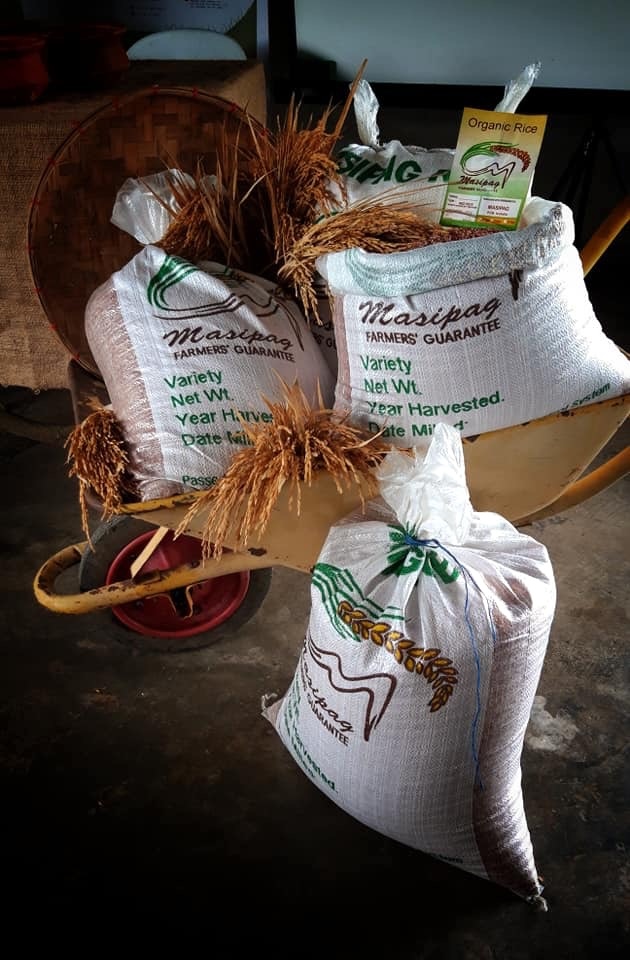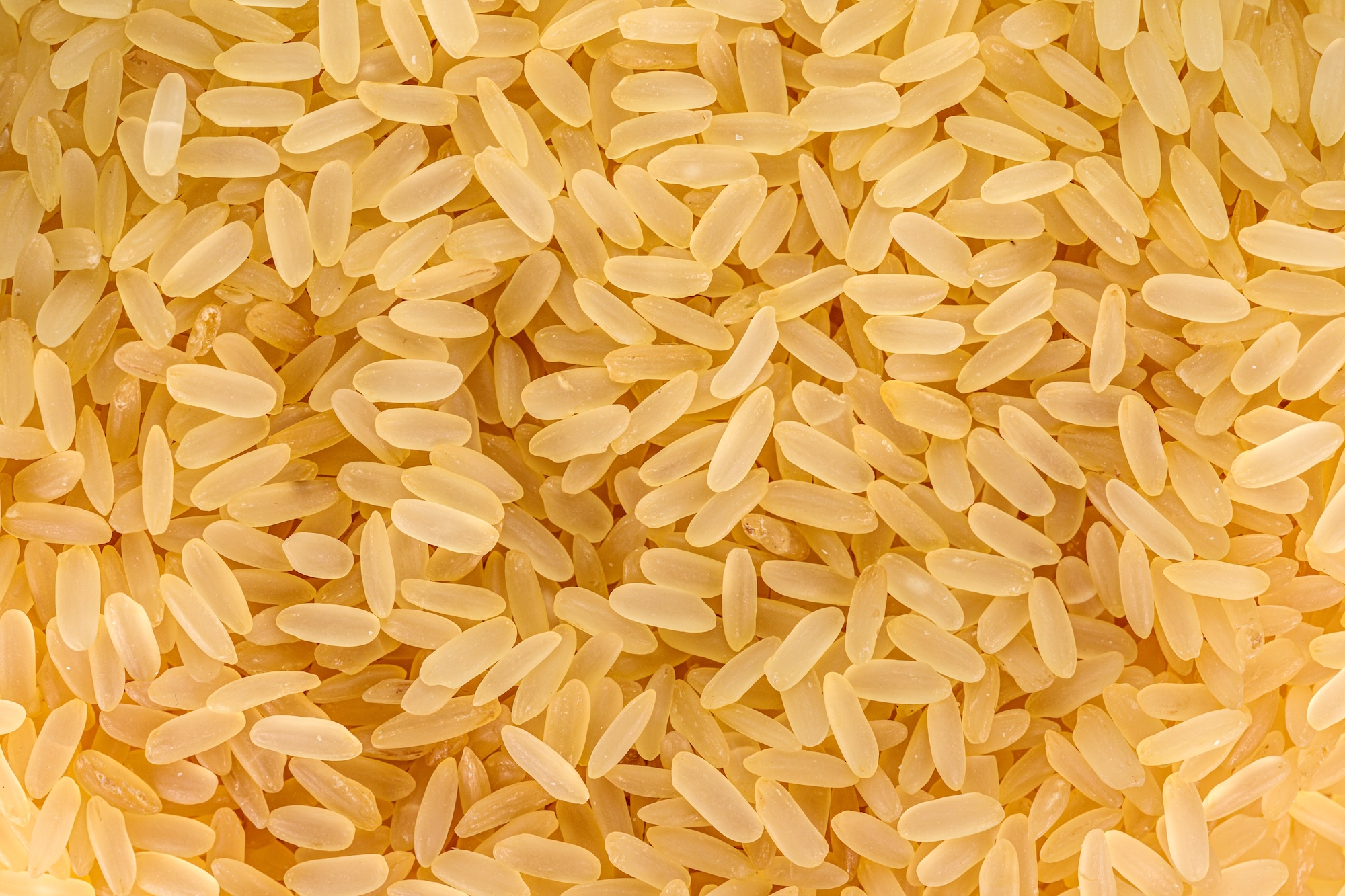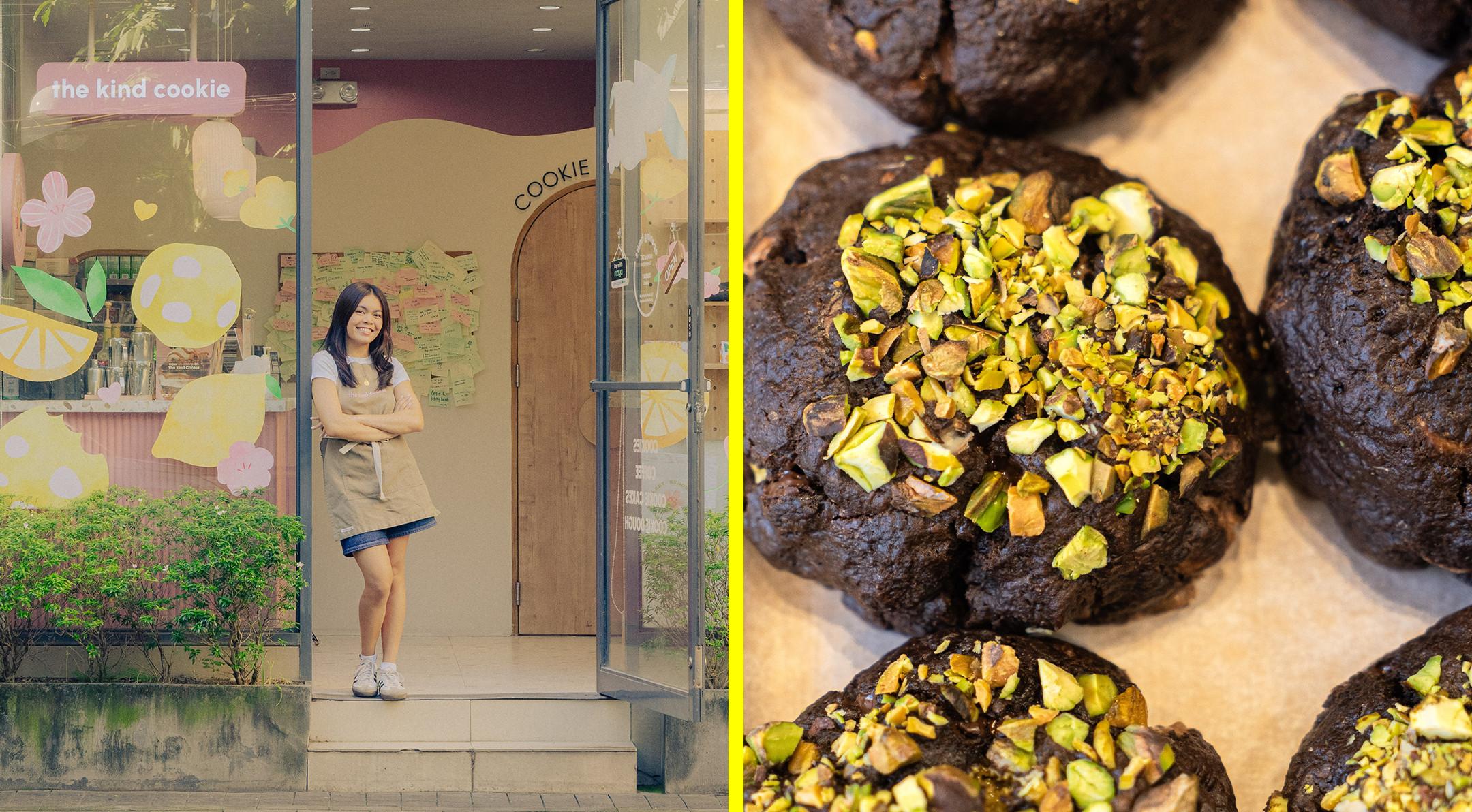Supporting traditional rice varieties is the more sustainable option
As the world’s population rapidly increases, we’ve had to adjust our farming methods. One way we did this was by promoting high-yielding crops to make more food for more people. But is this a lasting solution?
While there are some positive impacts of this planting method, such as increased productivity, it seems to have more negative effects overall. Let’s take rice production as an example.
The use of only a few high-yielding crop varieties, which are often genetically modified, promotes monoculture—the planting of only one type of rice on a piece of land. This leads to biodiversity loss, increased pests and diseases, and reduced ecosystem resilience. It is also resource-intensive in terms of water, fertilizers, and pesticides usage as every effort is made to ensure maximum yields during harvest.
According to science, planting traditional rice varieties is actually more sustainable and reliable, especially in the current times when we strongly feel the impact of climate change.
Most importantly, planting high-yielding crops makes them even more vulnerable to the impacts of climate change such as flooding (common in the Philippines) and soil drought. What alternatives can we then consider?
According to science, planting traditional rice varieties is actually more sustainable and reliable, especially in the current times when we strongly feel the impact of climate change. These types of grains that grow in the Philippines have been cultivated for a long time, sustaining and nourishing our ancestors for generations. Unfortunately, many of them, if not all, have been forgotten due to the advent and strengthening of modern agriculture.

According to Eliseo del Rosario, the information communication officer of Masipag, a farmer-led network dedicated to sustainable agriculture, there were originally over 4,000 traditional rice varieties in the Philippines that have been erased by modern agriculture. Some of these varieties have shown resilience to floods, arid soil conditions, and even high temperatures. Additionally, some of these traditional rice varieties exhibit resistance to pests.
Aside from being adaptable to climate change, many of our traditional rice grains do not require farmers to use pesticides and inorganic fertilizers to achieve sufficient harvests from their land. It’s not only environmentally friendly but also economically efficient for the farmers. Isn’t this the very essence of sustainable agriculture?

Masipag advocates for organic rice farming and is currently establishing its seed bank, which already houses more than 2,000 rice varieties. They are studying each seed to deepen their understanding of how it can further assist farmers in our country.
What should we do as consumers? As restaurant owners? Or as members of the food and beverage industry?
Aside from being adaptable to climate change, many of our traditional rice grains do not require farmers to use pesticides and inorganic fertilizers to achieve sufficient harvests from their land.
As consumers, it’s encouraging to see more people consciously choosing to consume organically grown food, especially now that we better understand the urgency of climate change.
For those in the food and beverage industry, it’s crucial to study further the positive effects of traditional rice varieties on people’s health, the livelihood of farmers, and the environment. It would be great to see more restaurants incorporating traditional rice varieties into their menus. Let’s hope for an increase in such practices.














































